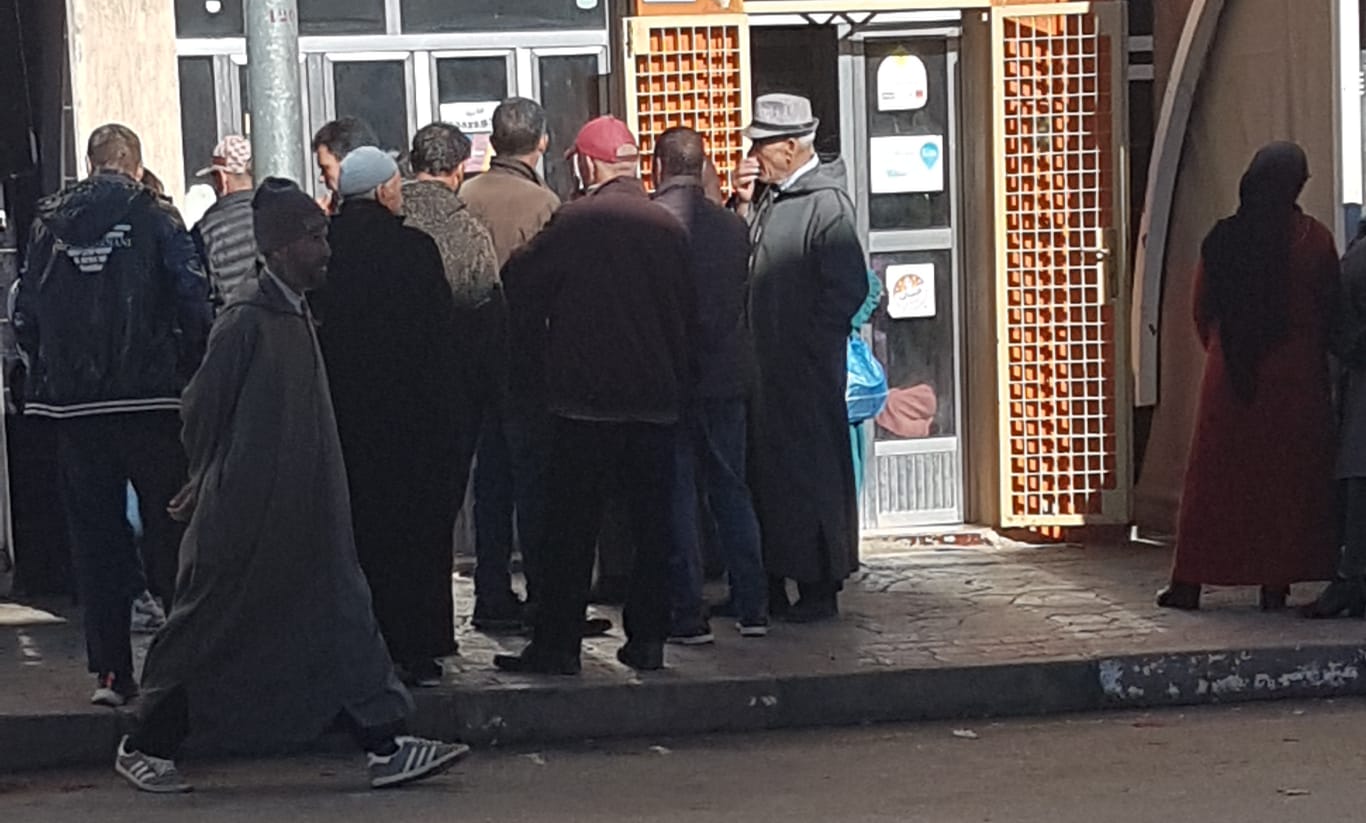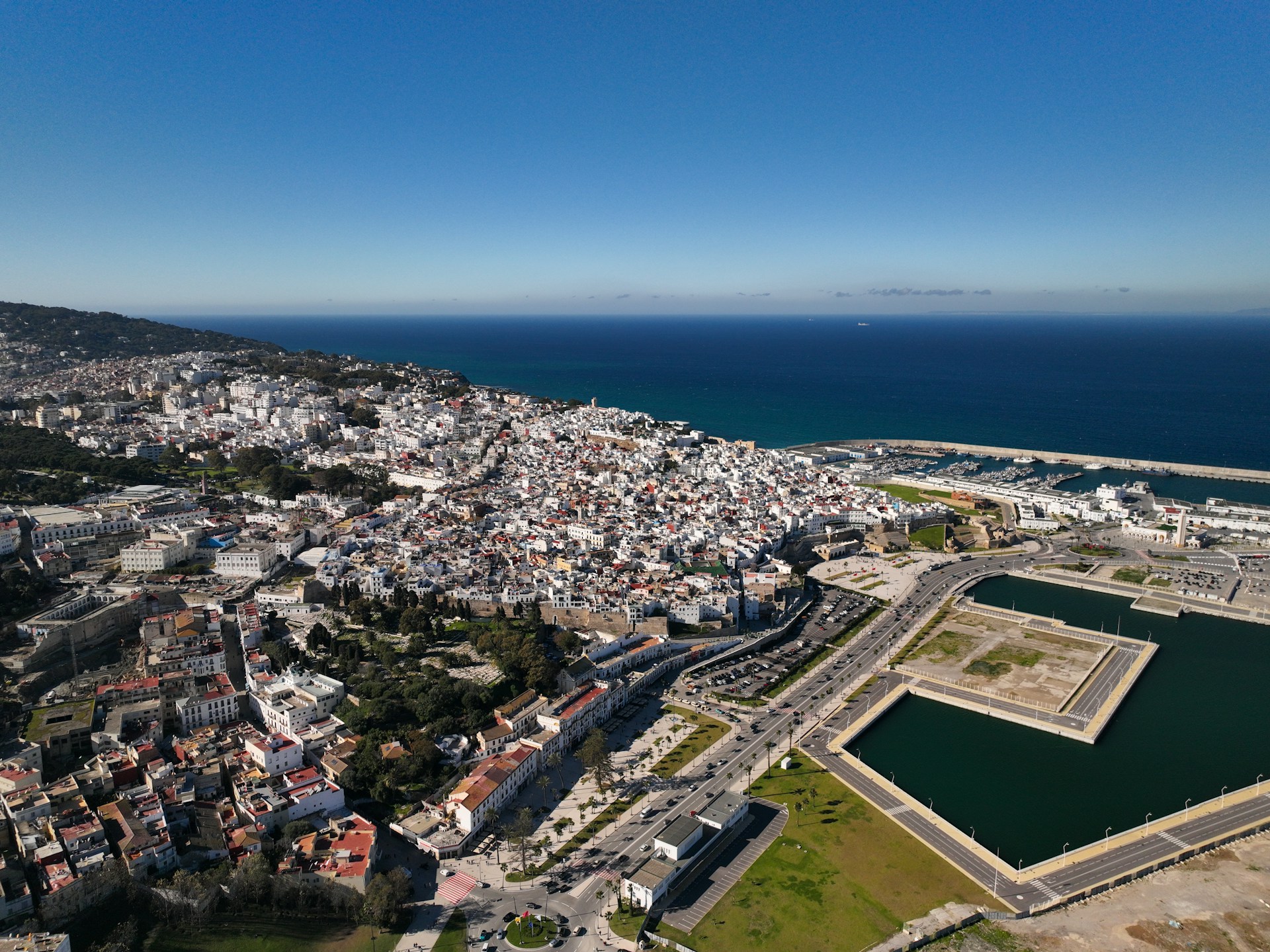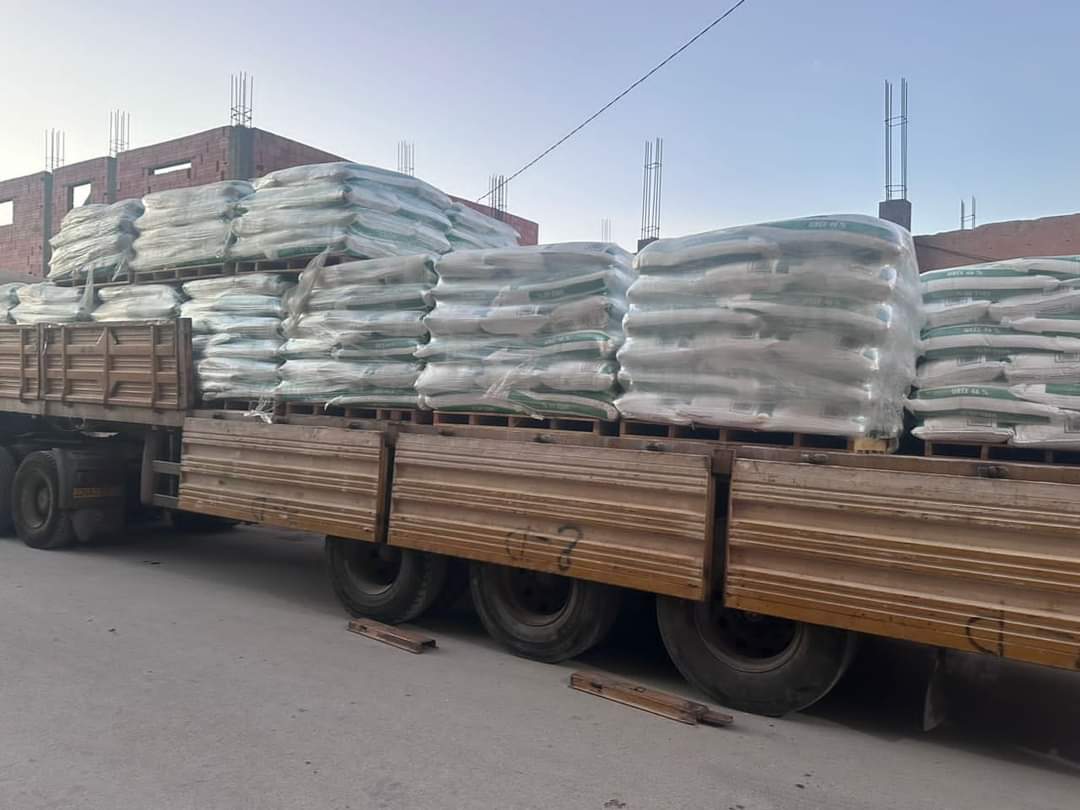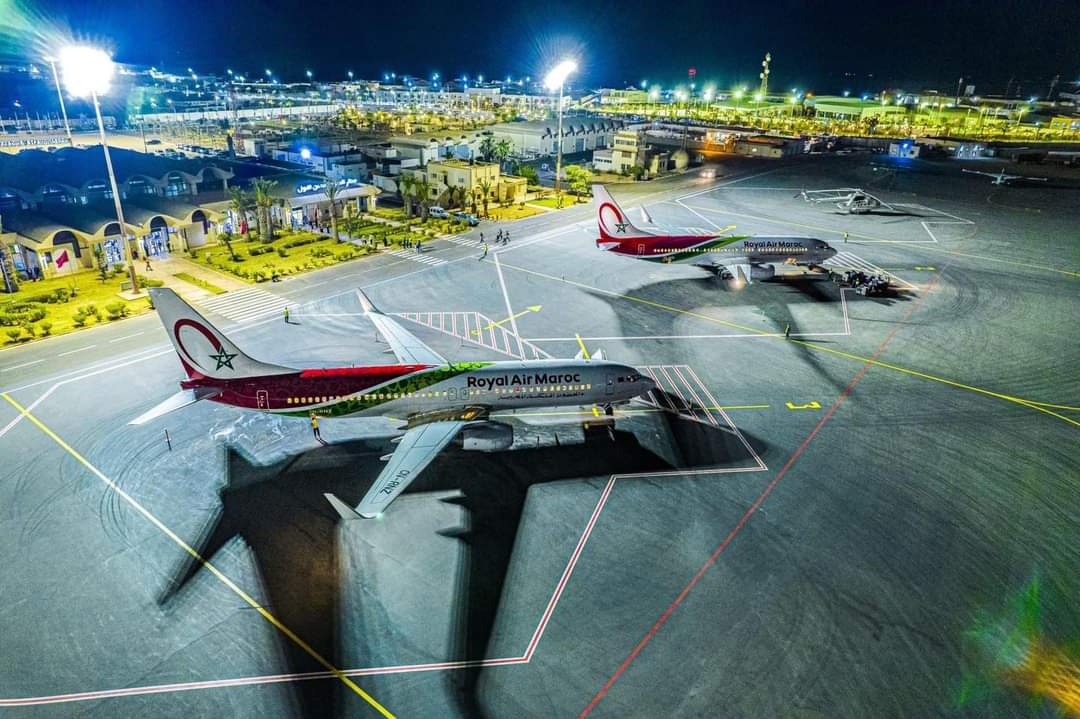Casablanca – Morocco’s labor market recorded a slight decline in unemployment in the third quarter of 2025, according to the latest data released by the High Commission for Planning (HCP). While the national unemployment rate fell from 13.6% in Q2 2025 to 13.1% in Q3 2025, the labor market continues to face structural challenges, including high female unemployment, youth joblessness, and rising underemployment.
Unemployment trends
The total number of unemployed people in Morocco decreased by 55,000 over the past year, dropping from 1.683 million in Q3 2024 to 1.629 million in Q3 2025, a reduction of approximately 3%. This decline was observed in both urban areas, which saw 29,000 fewer unemployed, and rural areas, with 25,000 fewer.
Urban unemployment fell from 17% to 16.3%, while rural unemployment decreased from 7.4% to 6.9%. Despite these improvements, certain population groups continue to face high unemployment rates. Youth aged 15–24 saw only a modest decline from 39.5% to 38.4%, while female unemployment rose from 20.8% to 21.6%, highlighting persistent gender disparities. Among adults aged 35–44, unemployment decreased from 7.7% to 6.9%, indicating slower improvements for this age group.
Graduate employment challenges
Unemployment among degree holders remains high at 19%, despite a slight improvement from 19.8% in the previous year. The most notable progress was observed among technicians and mid-level professionals, whose unemployment fell from 29.9% to 27.6%. Conversely, graduates of upper secondary schools and higher education experienced slight increases in unemployment, reflecting ongoing mismatches between education and labor market demands.
Job creation and sectoral dynamics
Between Q3 2024 and Q3 2025, Morocco created a total of 167,000 new jobs, driven primarily by urban employment growth, which accounted for 164,000 new positions, compared with 3,000 in rural areas. The creation of paid employment (+220,000) contrasted with a decline in unpaid employment (-54,000), signaling a gradual shift towards more formalized and remunerated work.
By sector, the services sector led job creation with 94,000 new positions, followed by construction and public works (BTP) with 90,000, and industry with 29,000. Meanwhile, agriculture, forestry, and fishing lost 47,000 jobs, reflecting the seasonal and climate-dependent nature of employment in these areas, exacerbated by ongoing drought conditions.
Rising underemployment
While unemployment declined, underemployment rose, affecting 1.199 million workers, up from 1.066 million in Q3 2024. The national underemployment rate increased from 10% to 11.1%, with urban areas rising from 8.8% to 9.5% and rural areas from 12% to 13.8%.
Two forms of underemployment were identified:
- Insufficient working hours, affecting 622,000 people (5.7%)
- Low income or skills mismatch, affecting 577,000 people (5.3%)
The groups most affected included youth aged 15–24 (+2 points), adults aged 35–44 (+2.2 points), rural workers (+1.8 points), and men (+1.3 points). Sectorally, the construction and public works (BTP) sector had the highest increase in underemployment (+2.3 points, from 19.9% to 22.2%), followed by agriculture, forestry, and fishing (+1.2 points, from 11.9% to 13.1%).
Regional disparities
Morocco’s labor market remains highly concentrated in a few regions, with 72.5% of the workforce aged 15+ located in Casablanca-Settat (22.9%), Rabat-Salé-Kénitra (13.4%), Marrakech-Safi (12.7%), Fès-Meknès (12.1%), and Tanger-Tétouan-Al Hoceïma (11.4%). These regions also house the majority of the unemployed population, with Casablanca-Settat alone accounting for 26.4% of the country’s job seekers.
Regions with the highest unemployment rates include the Southern regions (21.4%), Oriental (21.2%), and Fès-Meknès (15.3%), while Tanger-Tétouan-Al Hoceïma (8.6%) and Marrakech-Safi (8.7%) report the lowest. Similarly, labor force participation varies significantly, ranging from 46.6% in Tanger-Tétouan-Al Hoceïma and Casablanca-Settat to 36.8% in Drâa-Tafilalet.
Outlook and challenges
The third-quarter data illustrate a labor market in gradual transition, where modest improvements in unemployment coexist with persistent structural challenges, including gender inequality, regional disparities, and rising underemployment, particularly in rural and seasonal sectors.
The Moroccan government’s initiatives, including employment support programs, professional training, and entrepreneurship incentives, are gradually fostering formal employment and skill development, especially in urban areas. However, experts emphasize that achieving a sustainable, inclusive, and productive labor market will require continued structural reforms, sectoral diversification, and targeted regional employment policies, particularly to address the vulnerability of women, youth, and rural workers.
Morocco’s labor market demonstrates resilience and cautious improvement, yet the persistence of underemployment and structural disparities underscores the ongoing need for policy interventions and strategic investment to enhance both the quality and sustainability of employment across the country.
















